

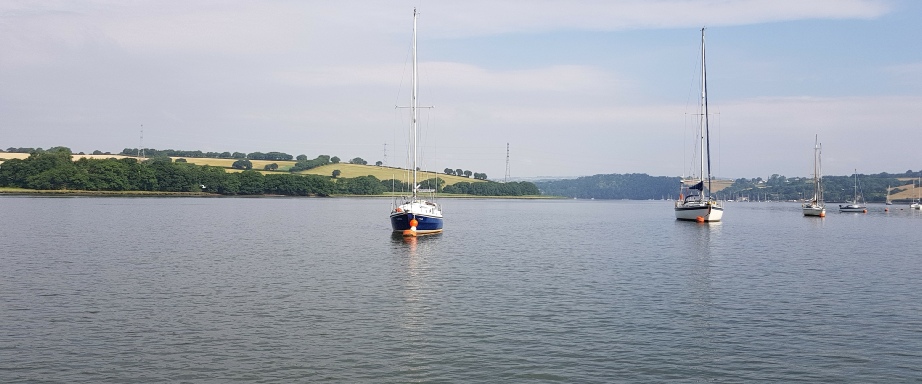
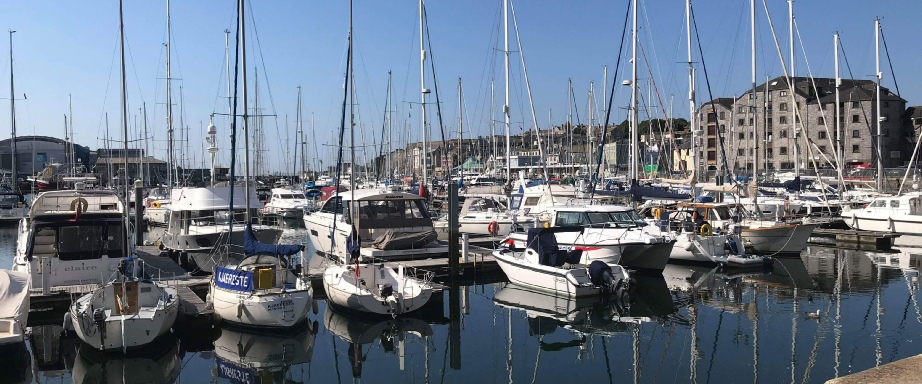
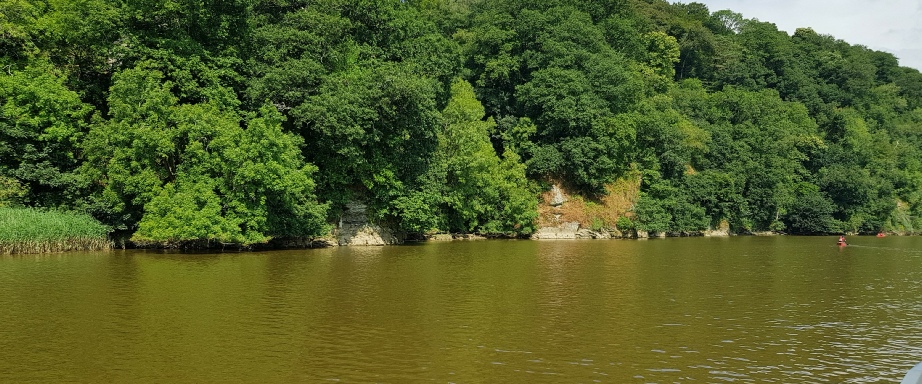
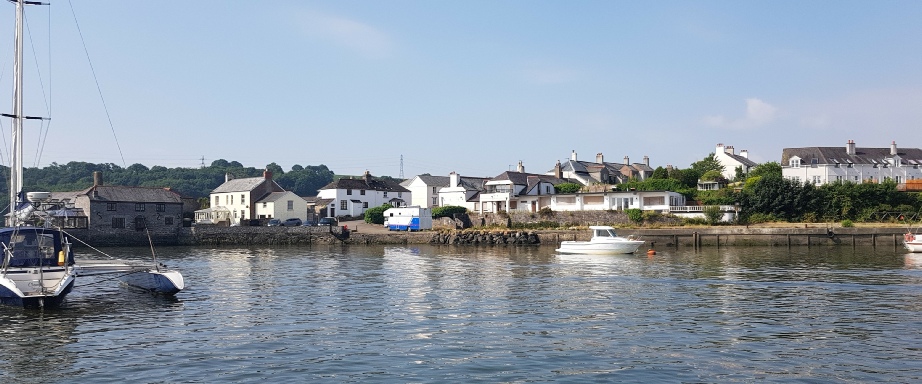
Home
Marine Biology and Oceanography students from the University Southampton University
carried out field work for 2-
BACKGROUND
From the 3rd to the 13th of July 2018, Southampton University students studied the Tamar estuary around Plymouth, Devon. Plymouth Sound is a bay with a steep rocky coastline and sheltered by an artificial breakwater, the river Tamar contributes a large proportion of the freshwater input into the bay. The Tamar catchment area was historically a major mining area and at present includes a naval base and military port. Plymouth sound and Estuaries is now a Special Area of conservation (SAC) because of its extensive areas of sublittoral sandbanks and its rich species diversity [1].
The Tamar is a partially mixed estuary with a large portion of freshwater separated from the tidal reach by Gunnislake weir; an artificial method of inhibiting saltwater intrusion, [2]. The salinity is 35 PSU downstream towards the Plymouth Sound and decreases to 5 PSU upstream at Calstock. The mean tidal range during a spring tide is 4.7m (with a maximum tidal current of 1m/s) and is 2.1m at neap (with a tidal current of up to 0.6m/s), [3]. Mean surface water temperature of the estuary is 19.6°C in summer and 3.1°C in winter, [4].
The salinity gradient is reflected by the range of communities and habitats throughout the estuary across bedrock and sediments. The biodiversity is influenced by the westerly climate. Plymouth sound has a rich biodiversity of marine life including carpet coral Hoplangia durotrix. Litteral limestone reefs are bored into by bivalves Hiatella arctica and host marine fauna. The reefs support seabed communities including rare species. Plymouth sound and some tributary rivers are important to migratory salmon. The area is a designated nursery for bass and Dover sole. [5].
Plymouth sound and estuaries have marine inlets of significant biological importance. The sound contains many mudflats and sandflats that are exposed at low tide and host wading birds (including little egret Egretta garzetta and Avocet Recurvirostra avosetta), migratory birds and wintering wildfowl. Allis shad Alosa alosa is declining in the UK and spawns in Plymouth sound [6].
Group 9 investigated spatial variations in biological, chemical and physical parameters of the Tamar Estuary and offshore at along the Devon coastline. A section of the Sound’s sea floor was also mapped, and species identified across the boundary of the Special Area of Conservation (SAC).
Falcon Spirit:
Lower Tamar estuary to breakwater
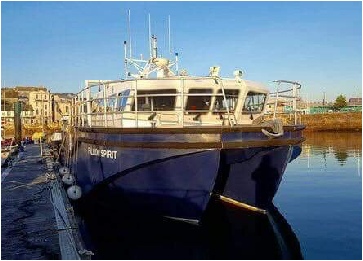
Winnie the Pooh:
Upper Tamar Estuary

Xplorer:
Side scan and habitat mapping
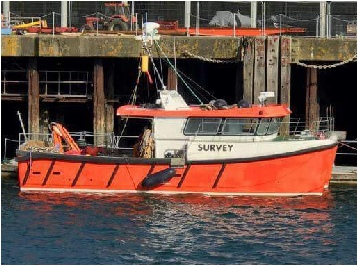
Callista:
Offshore

RESEARCH VESSELS
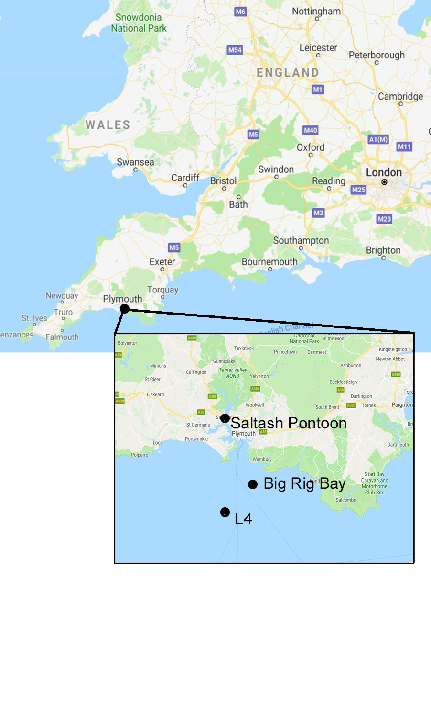

Disclaimer: All the opinions expressed in this site are that of Group 9 and not necessarily of the University of Southampton or the National Oceanography Centre of Southampton.